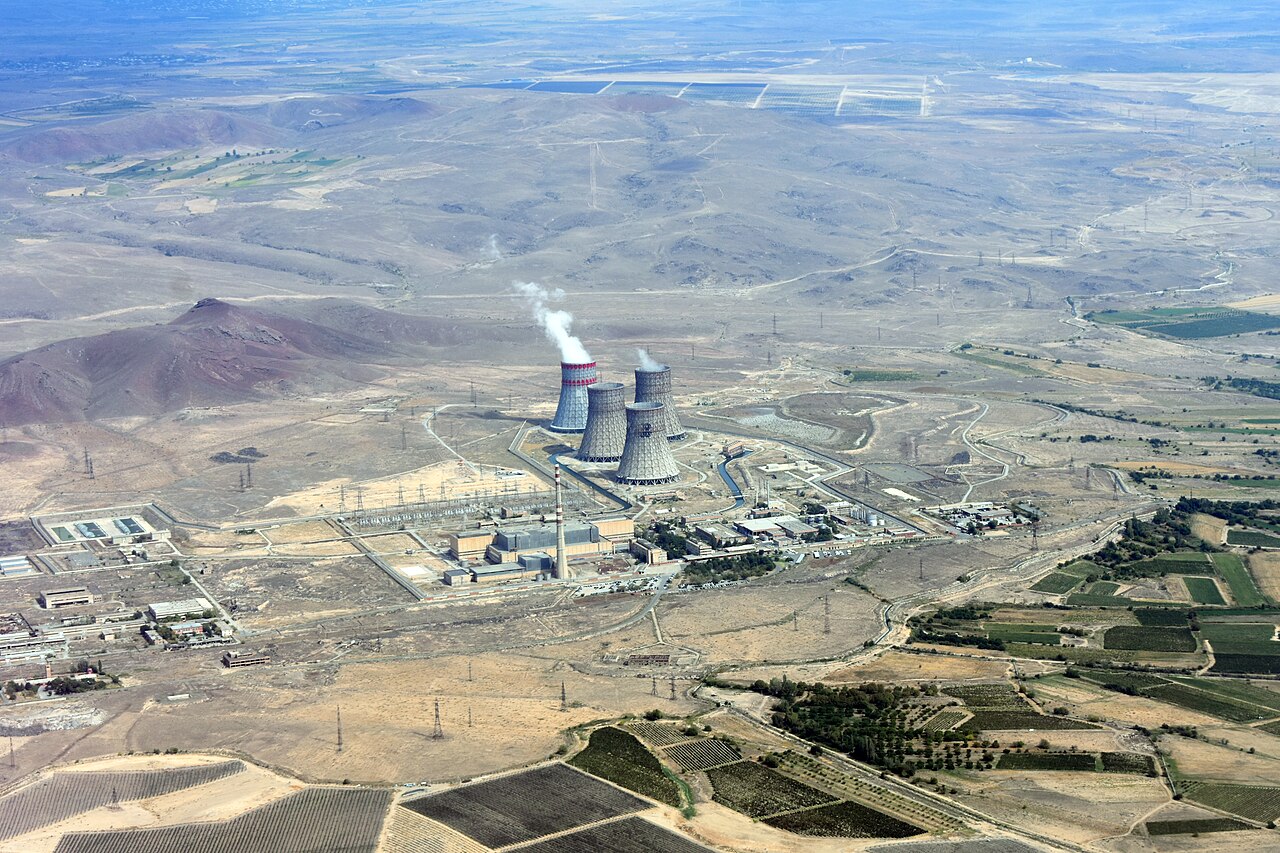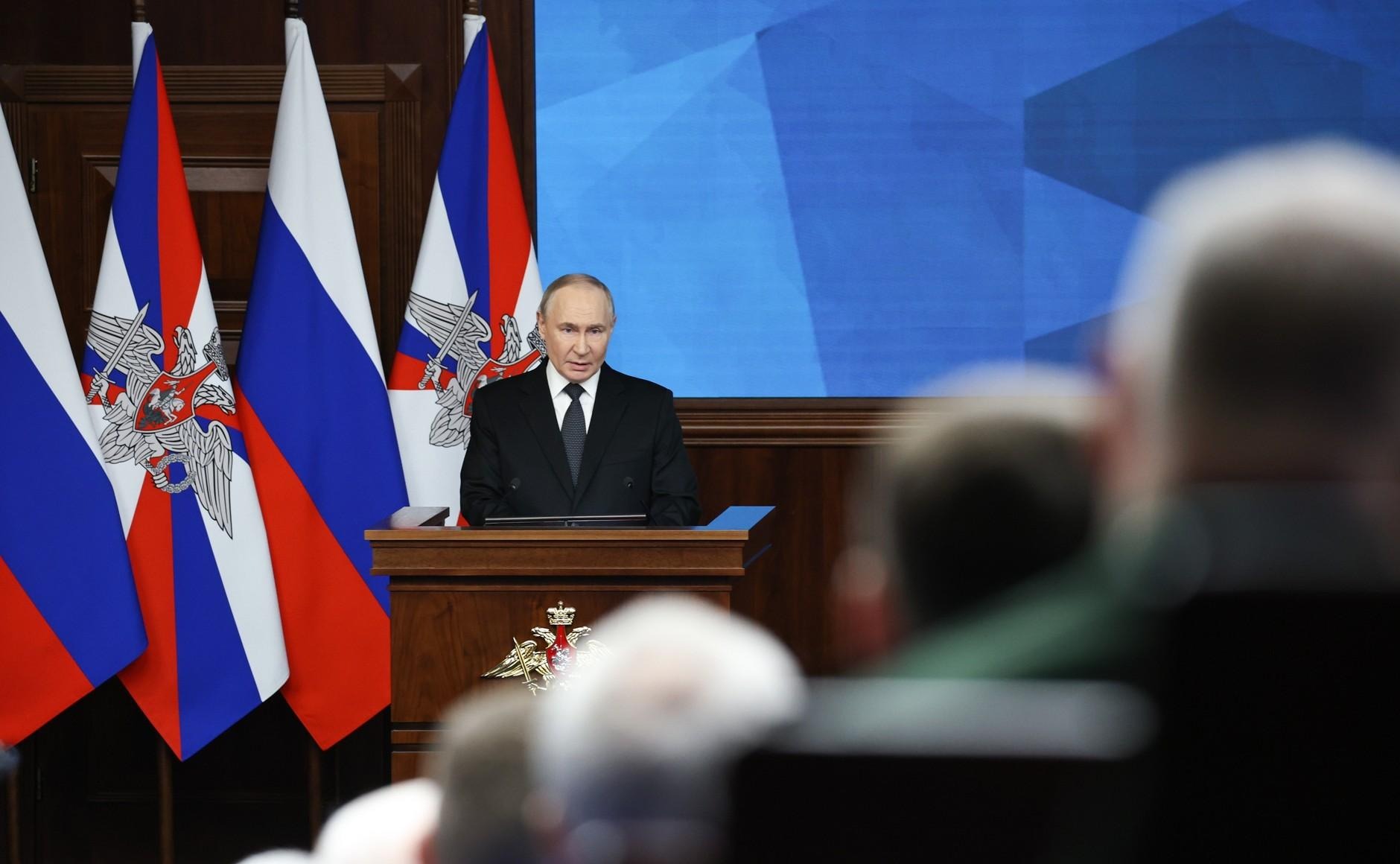
Armenia Looks West to Reduce Nuclear Energy Dependency on Russia
Armenia Looks West to Reduce Nuclear Energy Dependency on Russia
Executive Summary
- Armenia plans to replace its aging Soviet-era Metsamor nuclear reactor by 2036 and is currently engaged in talks with other countries, including Russia and the United States, to replace it.
- Armenian Security Council Secretary Armen Grigoryan announced that talks with the United States on using Small Modular Reactors were in a “substantive phase,” increasing the likelihood of a US-Armenia energy partnership.
- Nuclear power is an essential tool for Armenia to strengthen its energy security, and if partnerships are planned well, it will be a way to reduce its dependency on Russia in the energy sphere.
At the beginning of July, Armenian National Security Secretary Armen Grigoryan announced that talks with the United States to replace Armenia’s aging Metsamor nuclear power plant were now at a “substantive phase.” The first of two reactors at the power plant started operating in 1976, and the plant has largely met Armenia’s energy needs since. Metsamor produces 30–40 percent of Armenia’s electricity, depending on fluctuations in demand (Azatutyun, July 3). In 2004, however, the European Union froze 100 million euros ($109 million) of aid intended to develop alternative energy sources to the reactor after the Armenian government failed to meet a deadline imposed by a 1998 agreement to close the reactor within six years. The EU delegation head in Yerevan called Metsamor a “danger to the entire region” due to its location in a highly active seismic zone (The Guardian, June 2, 2004). At the time of construction, the reactor was expected to last until 2016, more than a decade longer than the 1998 EU agreement required . Metsamor’s closing date has been extended several times. Most recently, the local subsidiary of Russia’s Rosatom nuclear energy giant signed a contract with Armenia in December 2023 to modernize and extend Metsamor’s lifespan until 2036 (Eurasianet, December 21, 2023). The plant will continue to operate until then, when a new nuclear power plant is expected to replace Metsamor. If Yerevan continues to work with Moscow in this fashion, Armenia’s turn to the West will continue to be stunted by its ties to Russia, especially in a sector as important as energy. At any rate, a new nuclear reactor is also vital for the country’s carbon-free future.
Another aspect of this issue is how Armenia is attempting to transition to renewable energy amid climate change concerns (Modern Diplomacy, July 1). During her visit to Armenia this month, US Agency for International Development Administrator Samantha Power acknowledged that the Armenian government had committed to double renewable energy sources in 2023, but that nuclear energy would remain a core of this initiative (USAID, July 9; Radar Armenia July 10). In 2022, Armenia produced nine gigawatt-hours (GWh) of electricity, mostly from thermal and nuclear sources, at 43.5 and 32 percent, respectively. Hydro, solar, and wind generation stood at just 21.8, 2.7, and 0.02 percent (EVN Report, April 20, 2023).
Efforts to increase Armenia’s solar power potential experienced a brief setback last month when UAE company Masdar suspended construction of a $174 million 200-megawatt plant scheduled to generate electricity by 2025 (Azatutyun, June 3). Without this project, as much as 70 percent of the country’s electricity is still dependent on Moscow (IWPR, December 18, 2023). In addition to using Russian nuclear fuel flown in by air, the country imports 87.5 percent of its gas from Russia’s majority state-owned oil company, Gazprom. The remainder comes from Iran as a part of a deal where Iran provides gas in exchange for electricity from Armenia, which has been extended to last until 2030 (Tehran Times, August 16, 2023). Additionally, Moscow has a monopoly on gas supply and distribution in Armenia until 2043, thanks to an agreement signed between Yerevan and Moscow in 2013 (Azatutyun, December 17, 2013).
In December 2023, Yerevan and Moscow were negotiating the construction of a replacement reactor even though US Secretary of State Antony Blinken and Armenian Foreign Minister Ararat Mirzoyan signed a memorandum of understanding in May 2022 on assessing the use of Small Modular Reactors (SMRs) (Civilnet, May 3, 2022; Armen Press, December 15, 2023). SMRs are much smaller than conventional nuclear reactors and can be part of a hybrid energy system, complementing more variable renewable sources such as solar and wind. This is considered safer and better integrates nuclear power into clean energy transition plans (IAEA, September 13, 2023). Choosing an American, French, or South Korean replacement for Metsamor would greatly assist Armenia in diversifying away from Russia.
While Russia and China have already constructed operational SMRs, the United States has yet to build one. An American variant was canceled late last year because of spiraling costs—slated to cost $5–9 billion, the reactor would have been constructed by 2030 (New York Times, November 8, 2023; Azatutyun, July 3). In comparison, most energy specialists believe a Russian replacement would only cost $3–5 billion (Hetq, June 5, 2023). Grigoryan has implied that choosing a US design would first require official approval that “nuclear energy, science, and technology” as outlined in the 1946 Atomic Energy Act can be transferred abroad to Armenia, as neither party can move forward without a legal framework (Azatutyun, July 6). Because of this, Grigoryan says that “the ball is currently in the US court,” as Armenia has no such legal obstacle with China and Russia (ArmInfo, July 3).
With Metsamor set to be decommissioned in 2036, there is little time to decide on and start construction of a replacement either by Russia or the United States, as construction is expected to take around 10 years (Azatutyun, May 3). The Russian option is not without its own problems, however, with one economist warning that sanctions could adversely affect Yerevan if it opts for continued reliance on Russian nuclear technology (Azatutyun, June 8, 2023). This could also limit financial support, which is critical for a project that is expected to cost around $7 billion, virtually the entire annual budget of Armenia in 2024 (Armenian Public Television, November 15, 2023).
Ironically, with Armenia nearly tripling its exports to Russia from $850 million in 2021 to $2.4 billion in 2022 because of Western sanctions on Moscow, the country’s current budgetary liquidity is dependent on re-exporting Western goods to Russia (Eurasianet, November 1, 2023). Although some believe Armenia should abandon its nuclear power capacity entirely, arguing that it is too dangerous to operate in a seismic zone, the United States views SMRs as a way to attract countries such as Armenia and others away from Moscow (Report.az, March 24.)
Armenian Prime Minister Nikol Pashinyan staked Armenia’s future energy security on a replacement for Metsamor at this year’s inaugural Nuclear Energy Summit in Brussels (Azatutyun, March 21). Last year, an Armenian delegation visited the United States to explore the possibilities of SMRs, examining how they could lead to greater energy independence from Russia (Radar Armenia; Armenian Public Radio, May 24, 2023). But some specialists, including the UN National Expert on Energy, believe that the choice should come down to what has already been tried and tested in the country (Deutsche Welle, July 15). Pashinyan, however, has said that he finds the prospect of SMRs “politically appealing” (Interfax, January 16), perhaps implying the choice has already been made (bne Intellinews, April 18). Energy diversification, including nuclear energy, was a key theme at a crucial joint EU–US–Armenia summit in Brussels earlier this year (European Union, April 5).
To meet Metsamor’s 2036 deadline, some insist that the construction of a replacement reactor would need to start by the beginning of 2025, despite the government saying in 2021 that it was looking to begin construction in 2026–27 instead (JAM News, June 5, 2023; Interfax, July 3). That still leaves little time for Yerevan to make a final decision. With the fate of Armenia’s nuclear energy up in the air, Armenia has the opportunity to take a decisive path either closer to Russia or toward the West through the increasingly important geopolitics of energy.


